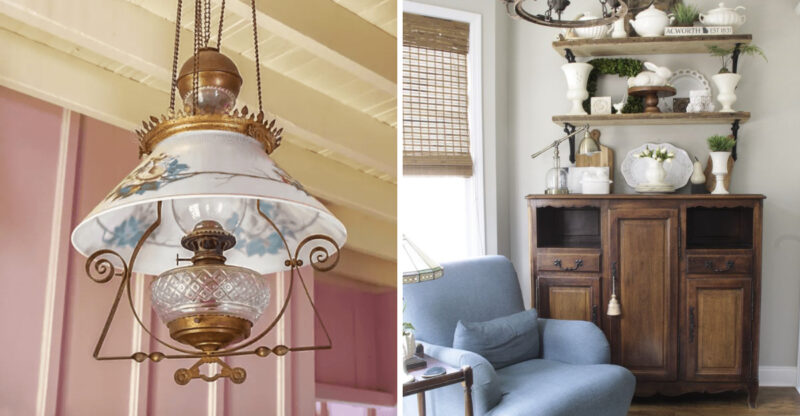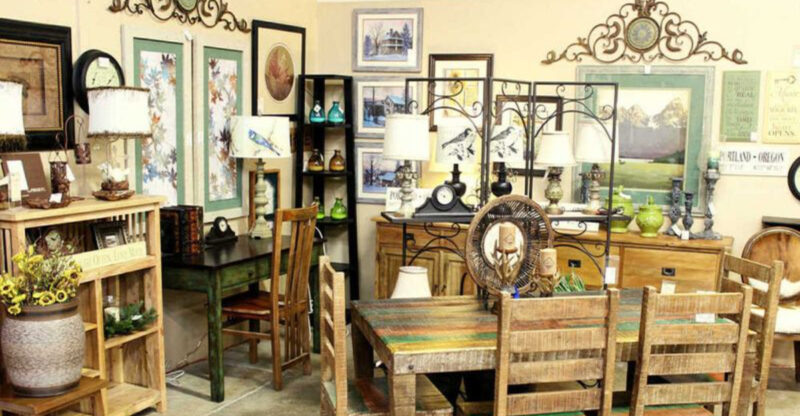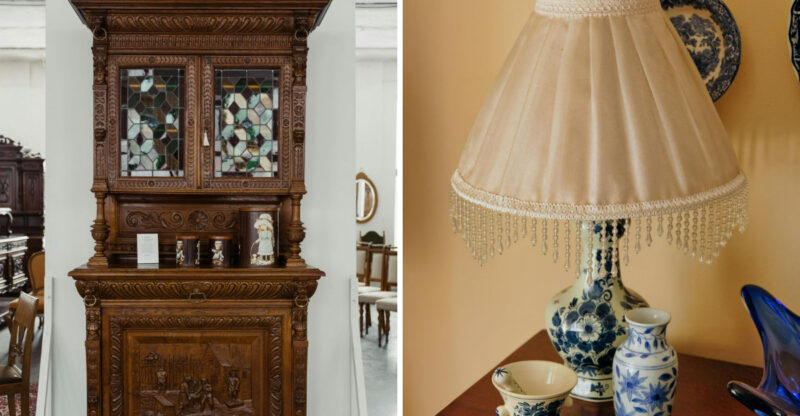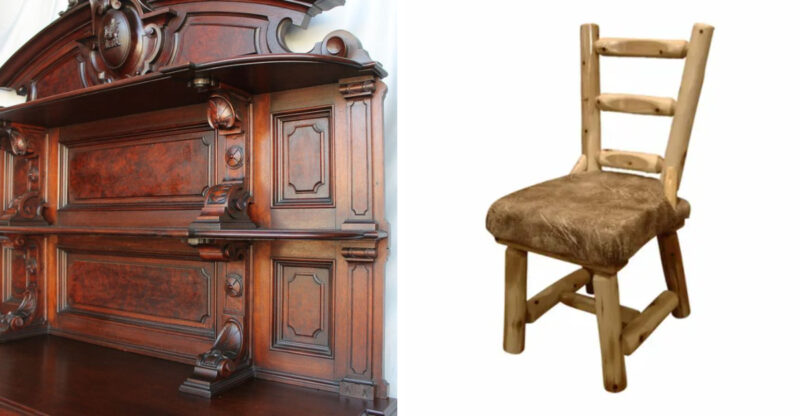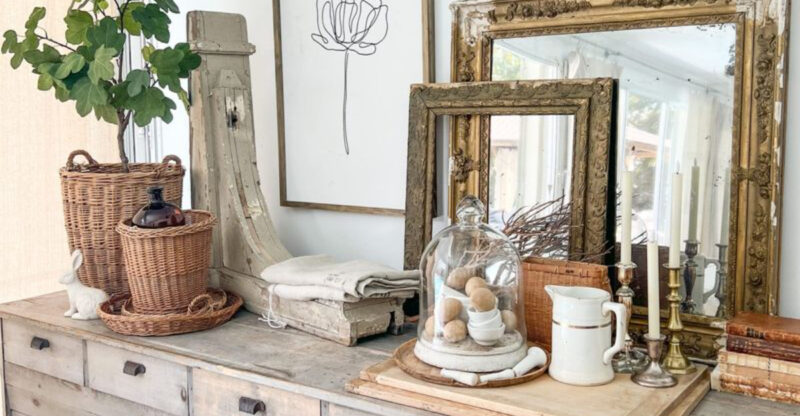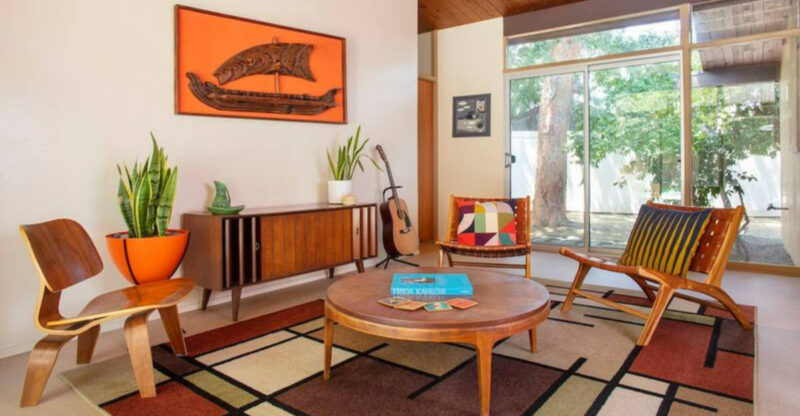Antique Market Trends: What’s Gaining And Losing Value Across Southern States
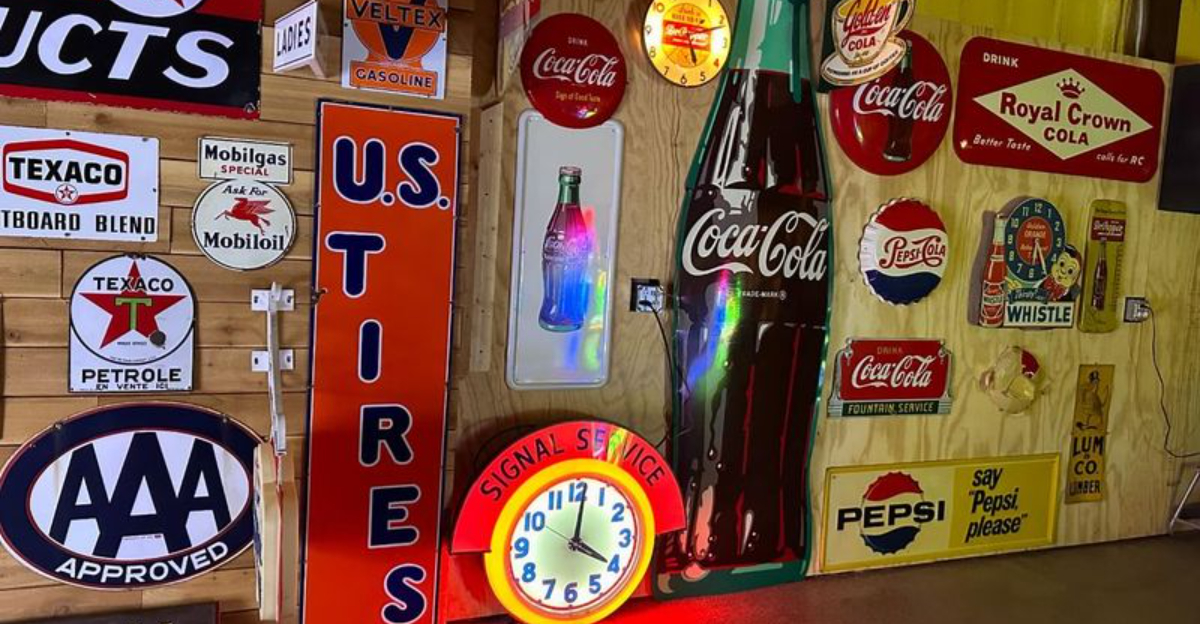
The Southern antique market is shifting dramatically, with collectors and designers chasing new treasures while abandoning yesterday’s must-haves. Family heirlooms that once commanded top dollar might now fetch pennies on the dollar, while overlooked folk art pieces suddenly spark bidding wars.
Understanding these changing trends can help you make smarter decisions whether you’re buying, selling, or simply curious about what’s happening in those charming antique districts across Dixie.
So, buckle up, this ride through the evolving world of antiques is anything but predictable!
1. Southern Folk Art: Handcrafted Treasures Skyrocketing In Value
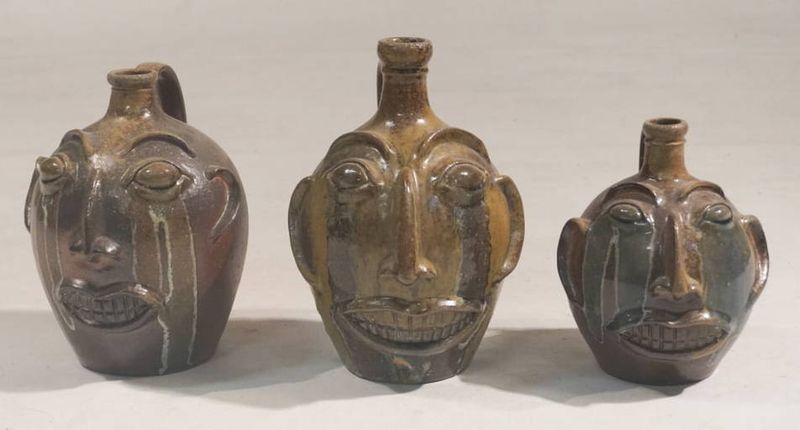
Whimsical face jugs from Georgia and handcarved walking sticks from Appalachia are bringing record prices at auctions across the South. Collectors can’t get enough of these authentic pieces with genuine cultural connections.
The raw, untrained style of folk artists speaks to modern buyers seeking authenticity over perfection. Items created by known artists like Howard Finster or Mose Tolliver can command five-figure sums these days.
Even anonymous pieces with strong regional character are climbing in value, especially those with interesting stories or unusual subject matter.
2. Southern Pottery: Regional Ceramics Making A Comeback
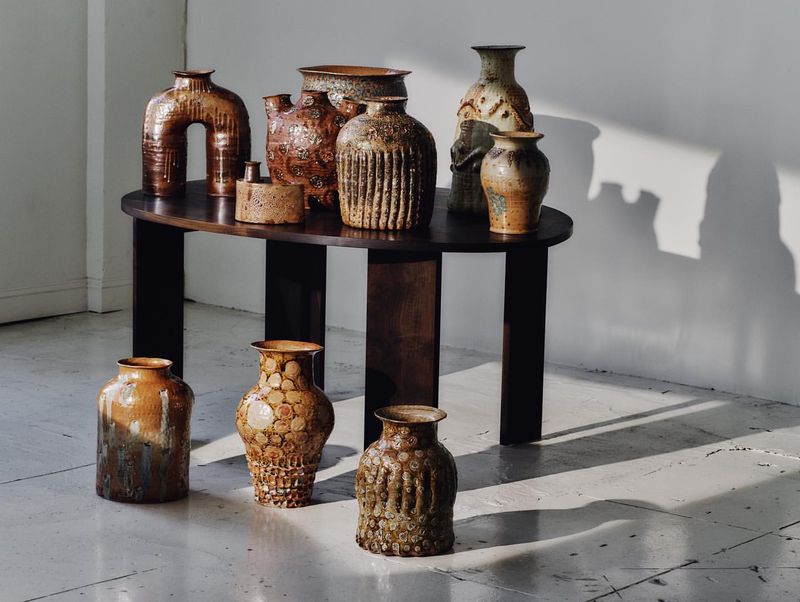
Edgefield stoneware with its distinctive alkaline glaze has tripled in value over the past decade. Collectors are fighting over pieces from famous Southern potters like the Meaders family of Georgia or North Carolina’s Jugtown Pottery.
Face vessels, particularly those with African American cultural significance, command extraordinary prices. The earthy, utilitarian character of these pieces resonates with modern decorating trends that favor authenticity.
Many young collectors are discovering these pieces for the first time, sparking a renewed interest in Southern ceramics. As a result, even modest examples of this craftsmanship are seeing a surge in demand.
3. Mid-Century Modern: The South’s Surprising Design Hotspot
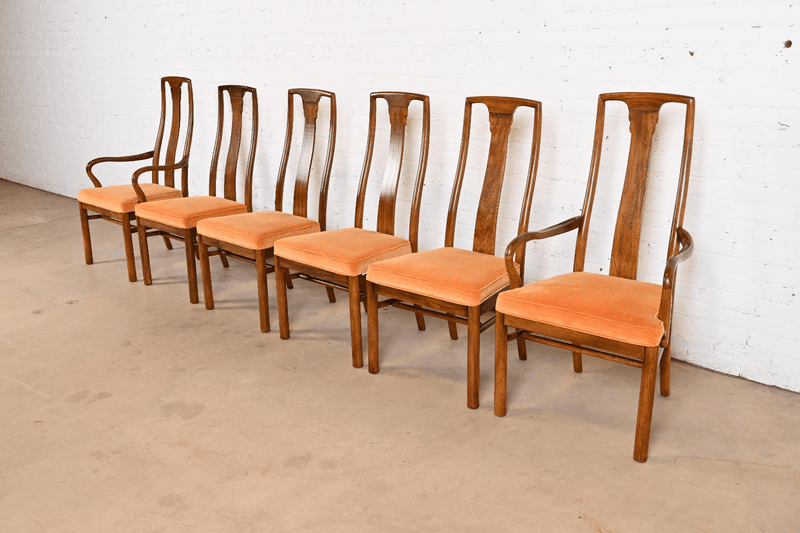
Did you know Charlotte and Atlanta were hubs for mid-century design? Those sleek walnut credenzas and low-slung leather chairs from the 1950s-70s are fetching premium prices at estate sales across the region.
Up-and-coming homeowners are particularly drawn to these pieces, preferring their clean lines and functional design over ornate antiques. Southern-made pieces by companies like Drexel or Henredon command special attention.
Even mass-produced items with good design credentials can sell for ten times what they did just a few years ago.
4. Handcrafted Textiles: Quilts And Linens Weaving New Value
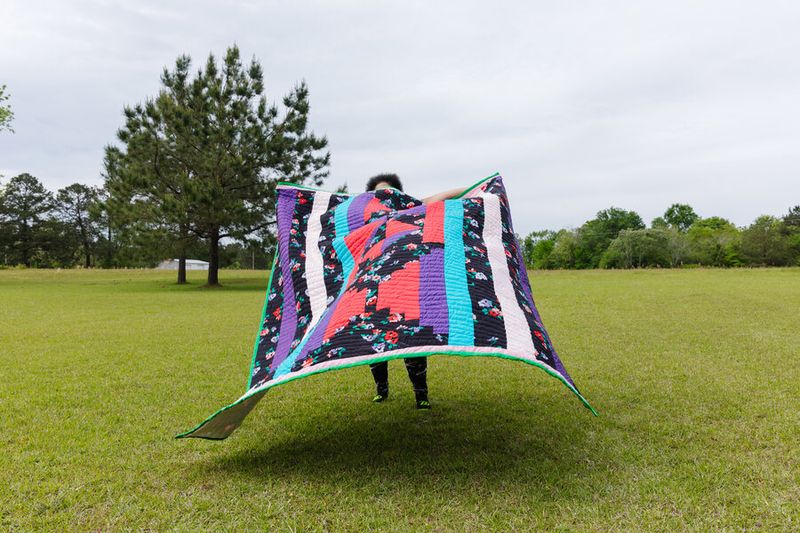
Grandma’s handmade quilt might just be your ticket to treasure! Southern textiles with documented provenance or unique patterns are experiencing a patchwork renaissance among collectors and decorators.
African American quilts from Alabama’s Gee’s Bend community have stitched their way into art-world status, with examples selling for tens of thousands. Even more modest handcrafted linens with distinctive Southern patterns or techniques are seeing steady thread of value increases.
The key factors driving prices are craftsmanship, condition, age, and the tale behind the piece. So, don’t let those old linens fall flat, they could be worth a seamless fortune!
5. Mass-Produced Furniture: Factory-Made Pieces Losing Their Luster
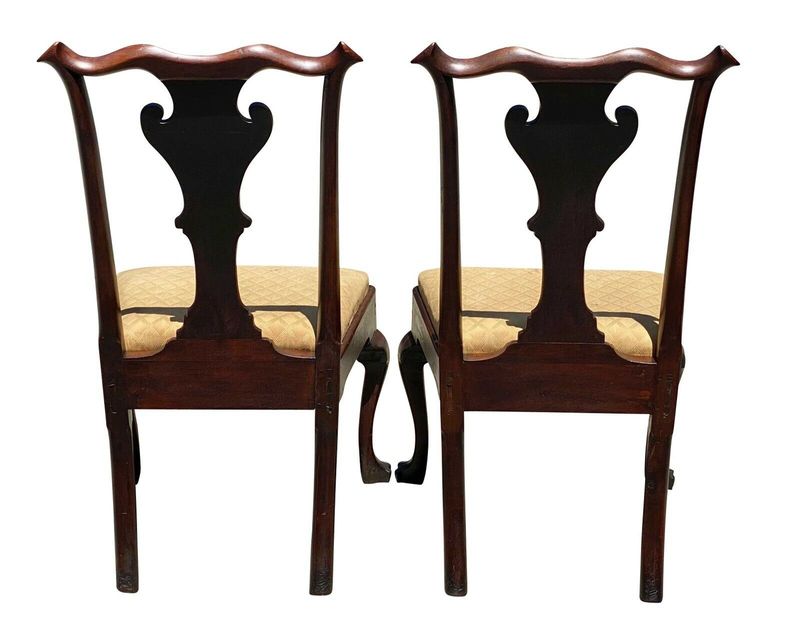
That dining room set from the 1920s department store catalog? It’s practically worthless now. Mass-produced furniture from the late 19th and early 20th centuries has fallen dramatically in value across Southern markets.
Young people simply aren’t interested in these pieces, finding them too dark, heavy, and formal for contemporary living. Even well-made examples from respected manufacturers struggle to find buyers at estate sales.
The exception? Pieces with exceptional provenance or unusual design features might still attract collectors, but they’re increasingly rare.
6. Victorian Excess: Ornate Furniture Falling From Grace
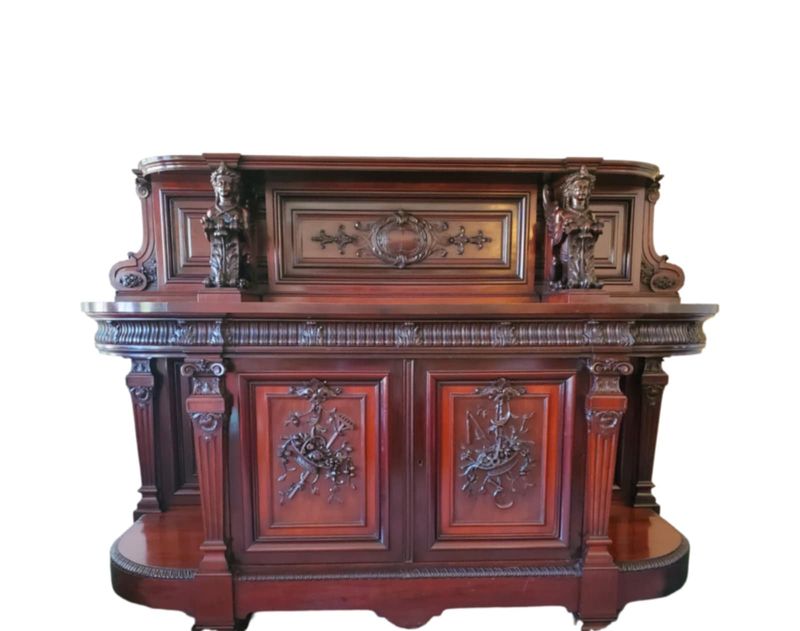
The massive carved sideboards and marble-topped dressers that dominated Southern mansions? They’re practically being given away at auctions. Victorian furniture has experienced the market’s most dramatic collapse, with prices down 70-80% from their peaks.
Modern homes simply lack the ceiling height and square footage to accommodate these oversized pieces. The ornate carving and dark finishes that once signaled wealth now read as fussy and outdated to contemporary buyers.
Even authentic period pieces in excellent condition struggle to find homes outside of historic properties.
7. Crystal Clear Decline: Glassware Values Shattering
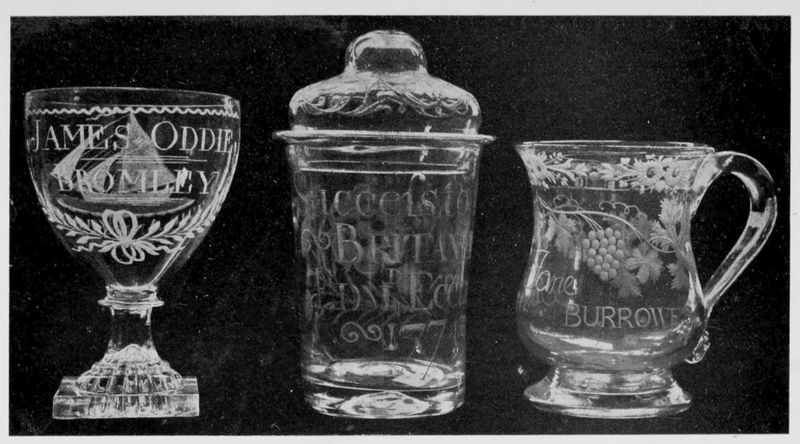
Those curio cabinets filled with Depression glass and crystal stemware? Their contents have plummeted in value across the South. Pressed glass patterns that once inspired collecting frenzies now languish on thrift store shelves.
Formal entertaining has declined dramatically, making these once-precious items functionally obsolete for many households. Even quality crystal from prestigious makers struggles to reach 25% of its former value.
The exceptions are rare colors, unusual patterns, or pieces with Southern manufacturing heritage, which still attract a small but dedicated collector base.
8. Vintage Advertising: Signs And Posters Commanding Premium Prices
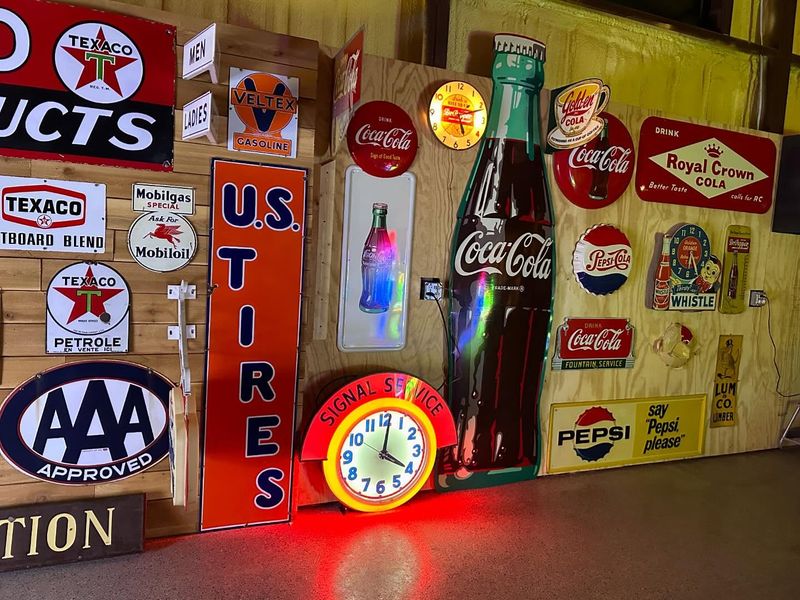
Remember those old metal Coca-Cola signs or Gulf Oil advertisements? They’re worth a small fortune now! Southern-specific advertising items like regional soda brands or local business signage have become hot commodities.
Condition matters tremendously, but even damaged pieces can fetch impressive sums if they’re rare enough. The most valuable items typically feature bold graphics, rich colors, and connections to iconic Southern brands.
Porcelain signs generally outperform tin ones, while paper advertisements need pristine condition to command top dollar.

